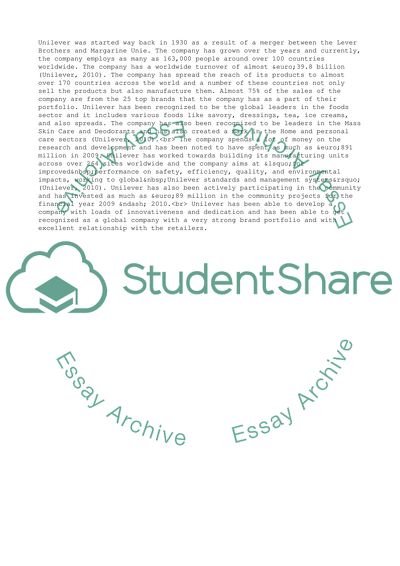Cite this document
(“Multinational Corporation: Case of Unilever Study”, n.d.)
Multinational Corporation: Case of Unilever Study. Retrieved from https://studentshare.org/business/1565894-multinational-business
Multinational Corporation: Case of Unilever Study. Retrieved from https://studentshare.org/business/1565894-multinational-business
(Multinational Corporation: Case of Unilever Study)
Multinational Corporation: Case of Unilever Study. https://studentshare.org/business/1565894-multinational-business.
Multinational Corporation: Case of Unilever Study. https://studentshare.org/business/1565894-multinational-business.
“Multinational Corporation: Case of Unilever Study”, n.d. https://studentshare.org/business/1565894-multinational-business.


